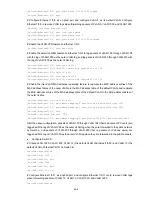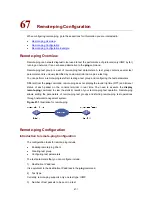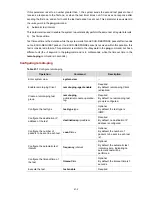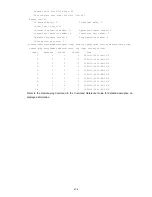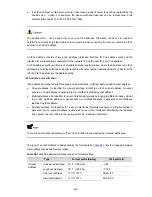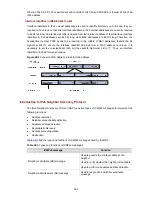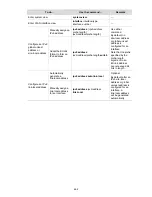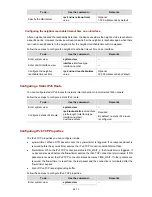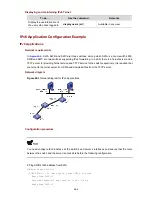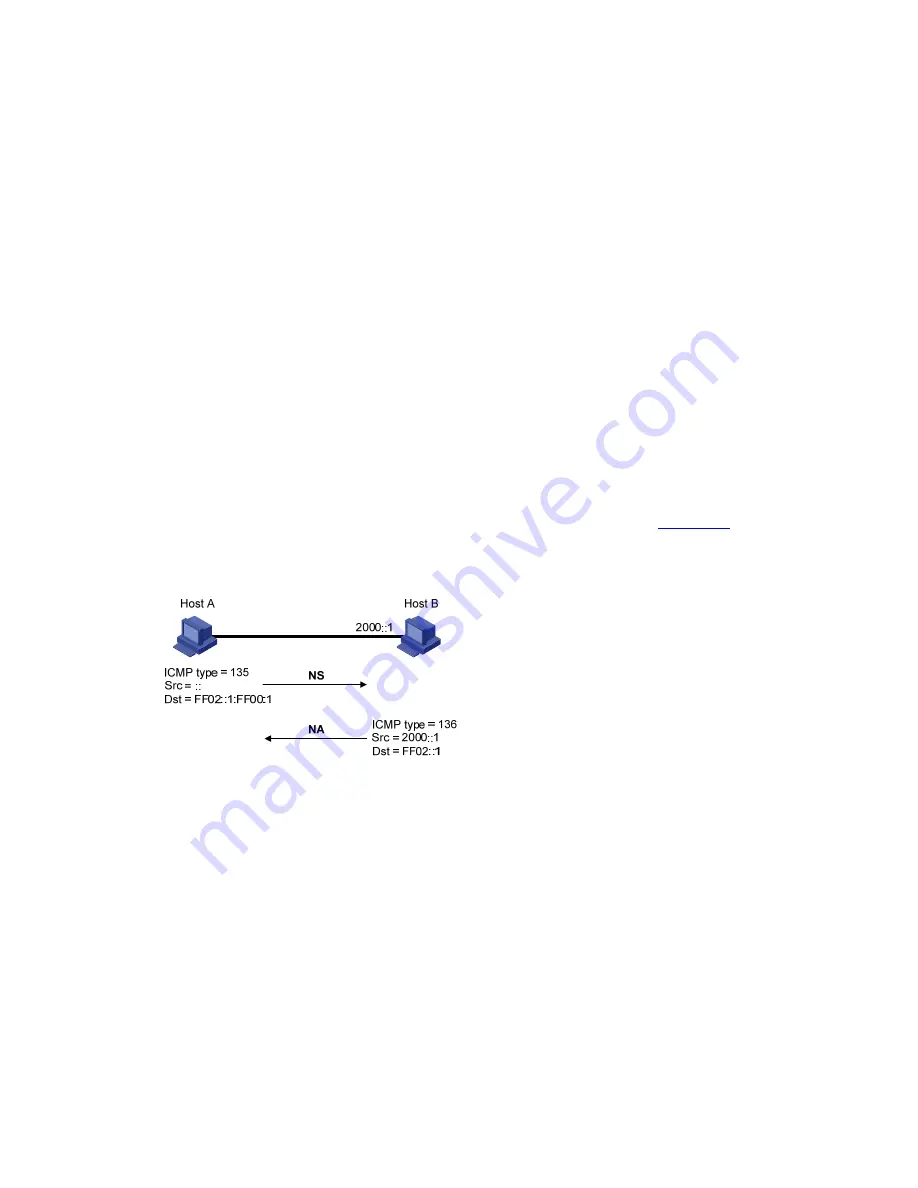
1) Node A multicasts an NS message. The source address of the NS message is the IPv6 address of
the interface of node A and the destination address is the solicited-node multicast address of node
B. The NS message contains the link-layer address of node A.
2) After receiving the NS message, node B judges whether the destination address of the packet is
the corresponding solicited-node multicast address of its own IPv6 address. If yes, node B learns
the link-layer address of node A and returns an NA message containing the link-layer address of
node B in the unicast mode.
3) Node A acquires the link-layer address of node B from the NA message. After that, node A and
node B can communicate with each other.
Neighbor unreachability detection
After node A acquires the link-layer address of its neighbor node B, node A can verify whether node B is
reachable according to NS and NA messages.
1) Node A sends an NS message whose destination address is the IPv6 address of node B.
2) If node A receives an NA message from node B, node A considers that node B is reachable.
Otherwise, node B is unreachable.
Duplicate address detection
After a node acquires an IPv6 address, it should perform the duplicate address detection to determine
whether the address is being used by other nodes (similar to the gratuitous ARP function). The
duplication address detection is accomplished through NS and NA messages.
Figure 68-4
shows the
duplicate address detection procedure.
Figure 68-4
Duplicate address detection
The duplicate address detection procedure is as follows:
1) Node A sends an NS message whose source address is the unassigned address :: and the
destination address is the corresponding solicited-node multicast address of the IPv6 address to
be detected. The NS message also contains the IPv6 address.
2) If node B uses this IPv6 address, node B returns an NA message. The NA message contains the
IPv6 address of node B.
3) Node A learns that the IPv6 address is being used by node B after receiving the NA message from
node B. Otherwise, node B is not using the IPv6 address and node A can use it.
Protocols and Standards
Protocol specifications related to IPv6 include:
z
RFC 1881: IPv6 Address Allocation Management
z
RFC 1887: An Architecture for IPv6 Unicast Address Allocation
68-7



